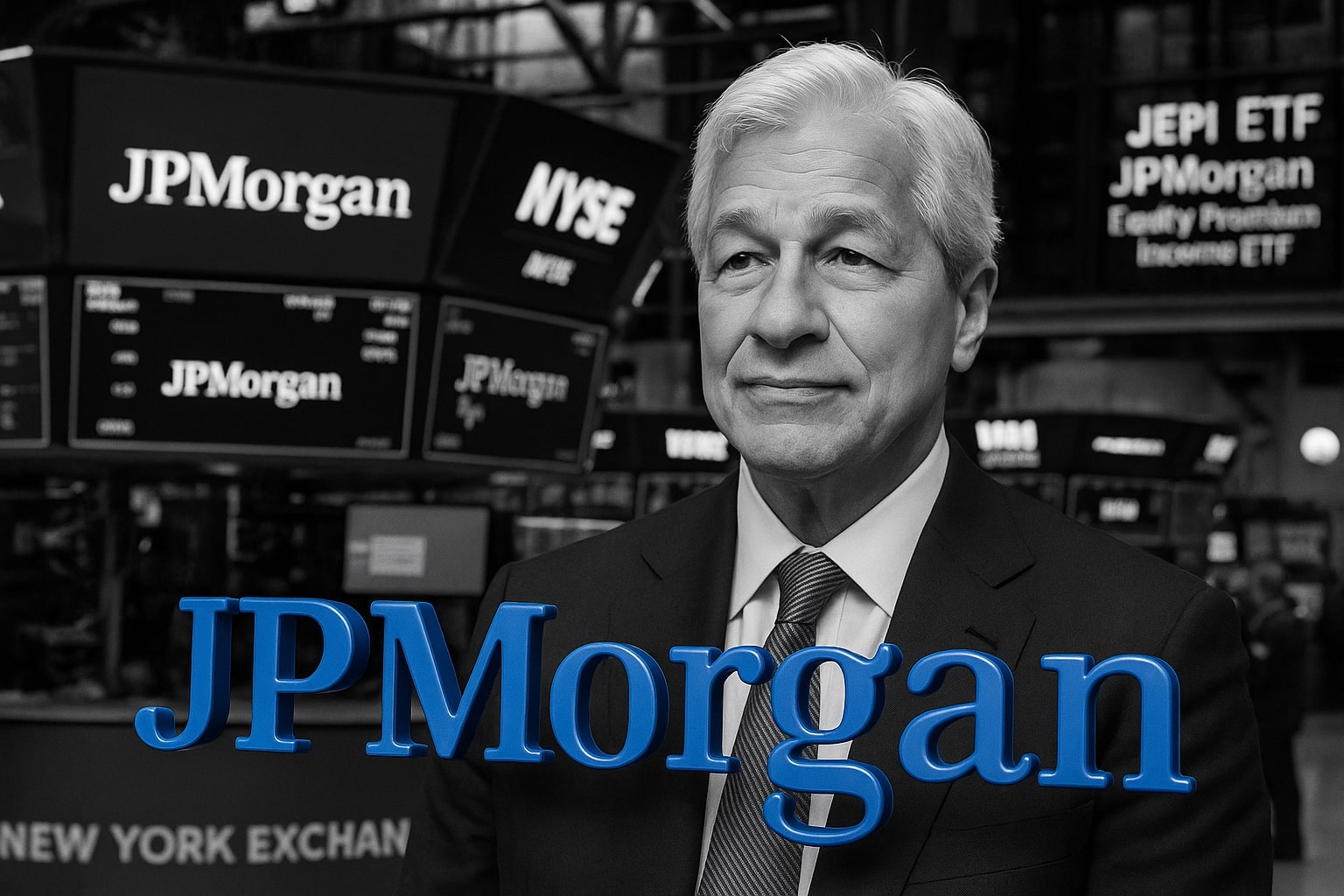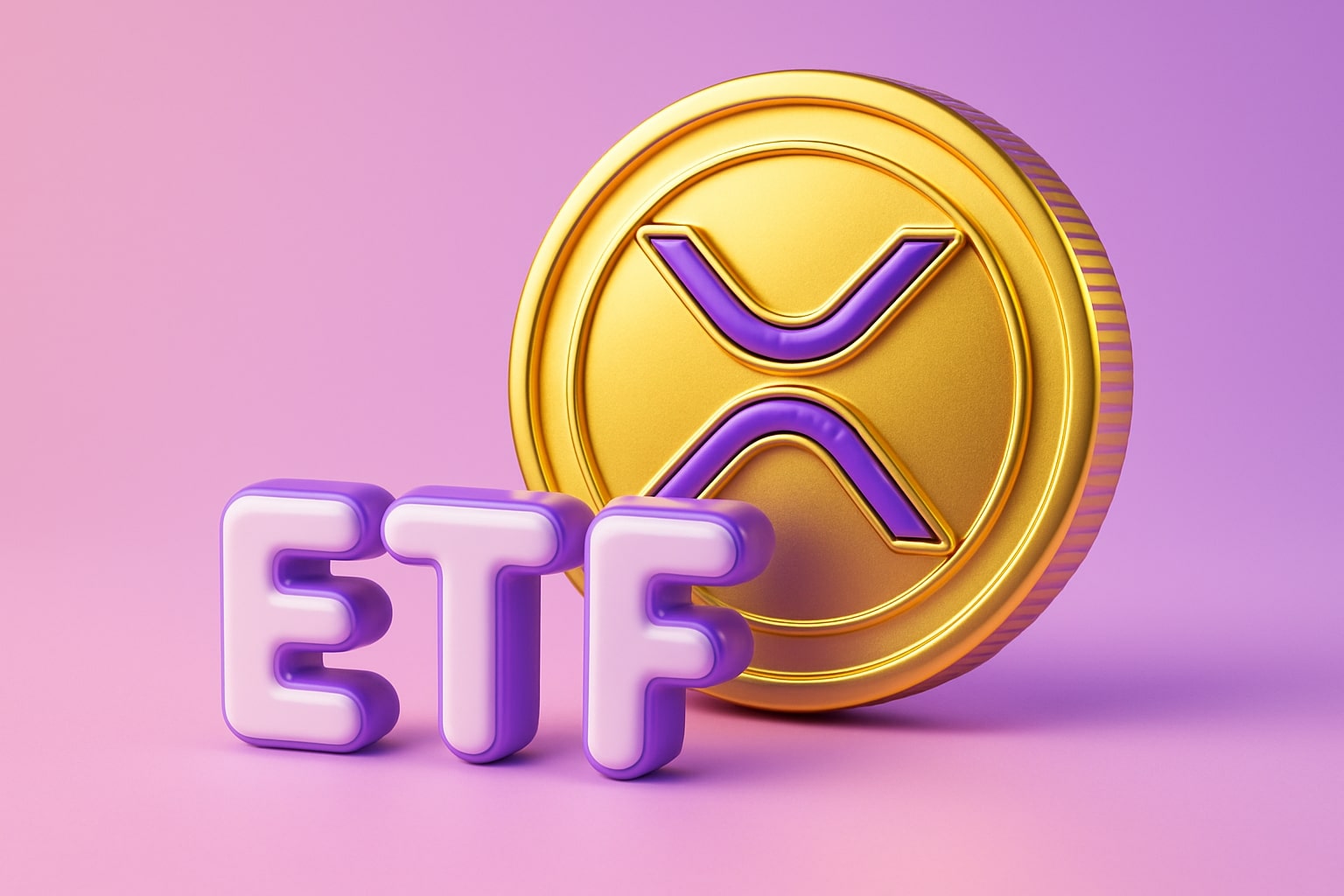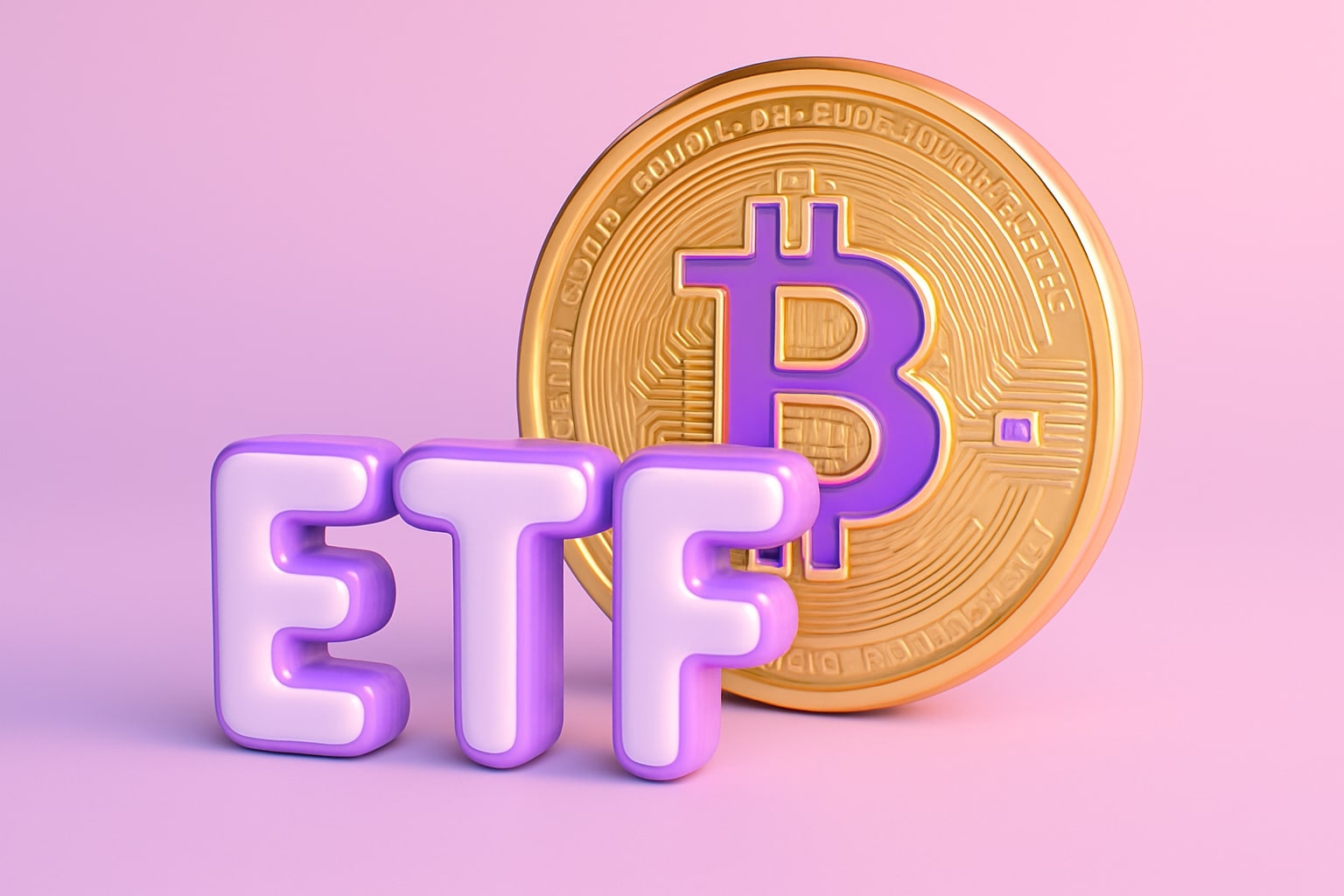
JEPI ETF Holds $57.46 With 8.4% Yield as Investors Flock to JPMorgan’s $40B Income Powerhouse
Low-volatility portfolio, monthly distributions, and $40B AUM cement NYSEARCA:JEPI as Wall Street’s top defensive income play amid high market valuations | That's TradingNEWS
NYSEARCA:JEPI – High-Yield Stability in a Volatile Market
Read More
-
CGDV ETF Outpaces S&P 500 With $24.5 B AUM and 21% Total Return
20.11.2025 · TradingNEWS ArchiveStocks
-
Ripple’s XRPI and XRPR, XRP ETFs Slide to $11.76 and $16.51 as XRP-USD Stabilizes Near $2.00 After NYSE ETF Launch
20.11.2025 · TradingNEWS ArchiveCrypto
-
Natural Gas Price Forecast - (NG=F) Climbs to $4.62 as Cold Snap Fuels Demand and Traders Await EIA Report
20.11.2025 · TradingNEWS ArchiveCommodities
-
USD/JPY Price Forecast - Dollar to Yen Soars to 157.70 as BoJ Paralysis Deepens Yen’s 6% Fall
20.11.2025 · TradingNEWS ArchiveForex
Tax Efficiency and U.S. Investor Edge
A lesser-known but critical advantage for JEPI is its tax treatment. Through ELN structures, portions of option-derived income qualify as long-term capital gains, reducing effective taxation for U.S. investors. This makes JEPI particularly favorable for taxable accounts compared to traditional high-yield ETFs or REITs. Non-U.S. investors may not benefit equally, but for American income-focused portfolios, this efficiency increases after-tax yield, enhancing overall total returns relative to peers.
Macroeconomic Context: Inflation, Rates, and Volatility Outlook
With inflation now near 2.8% and expectations of gradual Federal Reserve rate cuts, the macro environment supports income-generating instruments. Equity valuations remain stretched, and real yields are compressing, pushing investors toward funds like JEPI that combine income stability with capital protection. Historical data shows that during rate-cut cycles, covered call ETFs tend to outperform due to declining volatility premiums and stable payouts. Should the Fed pivot fully toward easing in 2026, JEPI could maintain its 8%+ yield with minimal downside volatility.
Verdict: Buy Bias Supported by Yield, Stability, and Macro Tailwinds
After reanalyzing its yield strength, volatility management, and sector composition, NYSEARCA:JEPI remains positioned as a Buy for income-oriented investors seeking stability amid stretched valuations. The ETF’s consistent monthly distributions, defensive structure, and low correlation to market drawdowns justify accumulation near $57.46, especially if equity markets consolidate or inflation continues to cool. A sustained break above $58.98 would confirm technical strength toward $61.82, while a dip below $55.74 could offer a new entry zone for long-term holders.
Verdict: Strong Buy for Conservative Income Investors — Monthly yield near 8.4%, stability across cycles, and a proven track record make NYSEARCA:JEPI one of the most balanced instruments for capturing equity exposure without surrendering peace of mind.


















